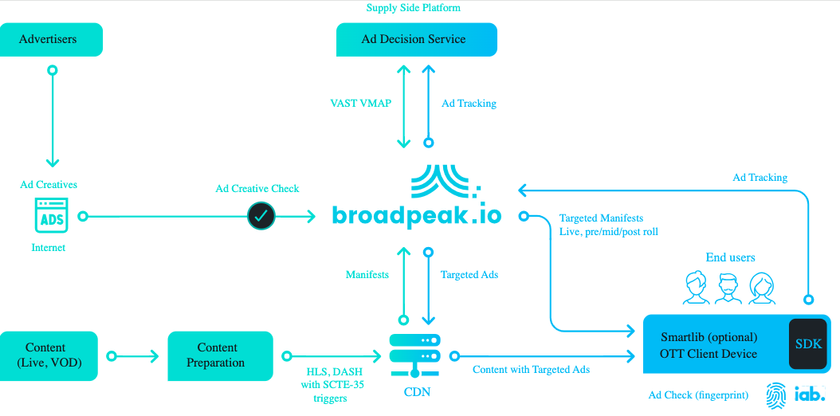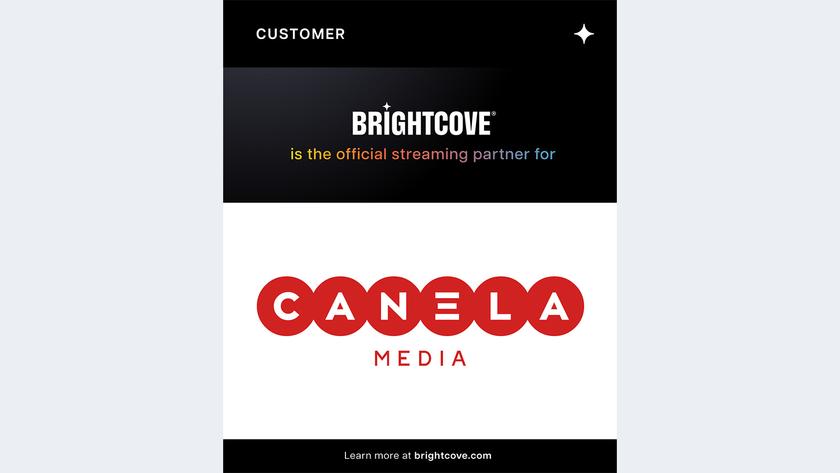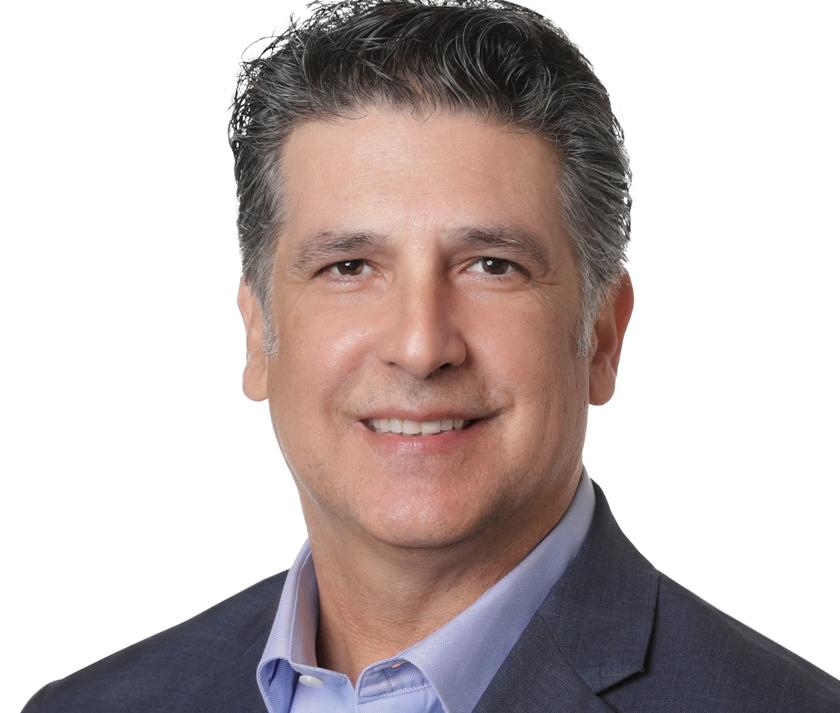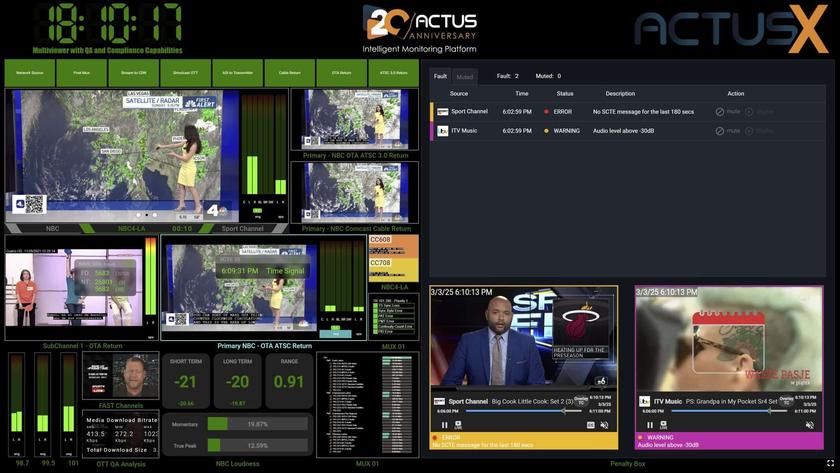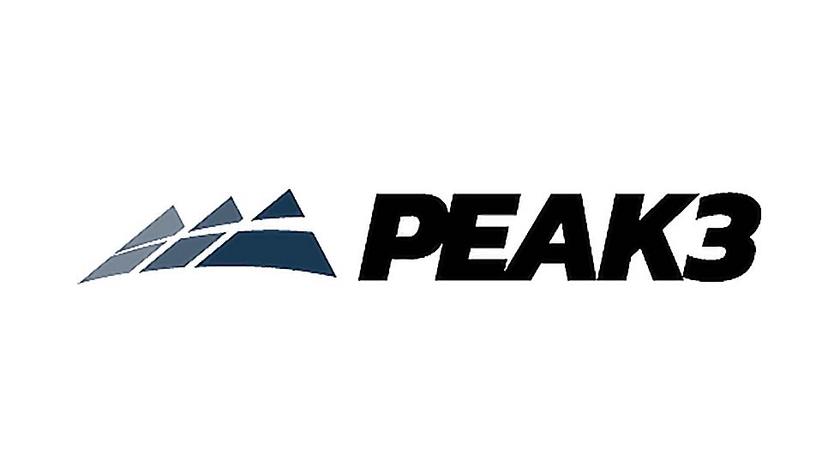Spectrum theft update
The commission issued a Public Notice on Dec. 2, “Data sought on uses of spectrum.” The notice reinforces the commission’s plan to “repurpose” large blocks of spectrum from someone, anyone and everyone. However, as the notice makes clear, it's OTA television spectrum that the commission is seeking to grab. If that’s not sufficient to scare you, then consider that the comment closing date is Dec. 21.
Only 19 days have been allowed for responses. Heck, it took the FCC 505 days to decide on the XM and Sirius Radio merger. And now, only 19 days to receive comments about the future of an entire industry? What’s the hurry?
A stacked deck
The notice must be read in the context of previous FCC staff and commissioner comments. It must also be considered in light of the Genachowski/Levin overriding plan to expand wireless broadband. Combined, the commission’s plans to take back television broadcast spectrum becomes quite clear.
Section A of the notice lists seven “General approach(s) to spectrum assignment.” These seven points are really questions for broadcasters to answer:
• What factors should the commission consider when examining and comparing the benefits of spectrum used for over-the-air television broadcasting and those of spectrum used for wireless broadband services?
• What would be the impact to the U.S. economy if insufficient spectrum were made available for wireless broadband deployment?
Get the TV Tech Newsletter
The professional video industry's #1 source for news, trends and product and tech information. Sign up below.
• What would be the impact to the U.S. economy and public welfare if the coverage of free OTA broadcast TV was diminished to accommodate a repacking of stations to recover spectrum?
• How do television broadcasters use the capabilities of digital television today?
• How do broadcasters plan to use licensed spectrum in the future?
• Consumers are migrating away from mass-market “appointment” viewing. What impact will the trend have on the TV broadcast industry?
• Comment on subsections (2) and (3) of Section 336(g) of the Telecommunications Act of 1996 that requires the commission to conduct … assessment of spectrum and “an evaluation of the extent to which the commission may be able to reduce the amount of spectrum assigned to advanced television broadcast licensees.”
Does anyone smell a trap in these questions?
Section B of the notice focuses on “increased spectrum availability and efficiency. The first sentence makes clear the FCC’s plan for your OTA channel. “There may be opportunities for broadcasters to share 6MHz channels in a market without significantly disrupting the free over-the-air television service that consumers enjoy today. Stations sharing channels may be able to trade capacity (in Mb/s) between or among themselves” (emphasis added). Share; that sounds good doesn’t it?
The next five questions continue the tone from section A. “What are the advantages of a channel-sharing approach to broadcasters’ business? What are the disadvantages of this approach?”
Questions three through five focus more on colocating transmitters and how OTA signals are delivered to cable and satellite headends. It appears to this writer that the FCC is suggesting it might pay for fiber/coax/microwave links from a station MC to a cable/satellite headend.
The coup de grâce
Section D is titled “Market Mechanism for Spectrum Contribution." It focuses on “incentives” the commission should consider “to enable broadcasters to choose whether or not to make any spectrum … available” (emphasis added).
In the movie "Ghostbusters," Peter Venkman, aka Bill Murray, looks over at Gozer and says, “Nobody choosed anything! Did you choose anything?”
In this case, broadcasters may be given a choice, just not a good one.
Other industries
The FCC isn’t alone in tilting the decision for spectrum changes. The broadband and cable folks also are positioning themselves as supporters of the change. Better to be seen as supportive, especially if you stand to gain billions of dollars with the desired outcome.
The cable industry has offered a “do it for the children” gift. Their plan would make low-cost and free computers available to the "needy and low income." The NCTA’s plan would offer discounted computers, broadband and digital literacy classes to middle-school kids from low-income families.
Under the arrangement, any student who qualifies for a discounted lunch program is eligible. The child would receive a subsidized computer, two years of half-price broadband, free computer classes and technical support. The industry promotes the "Adoption Plus Program" as a targeted way to extend broadband access to more of America.
The situation in which broadcasters now find themselves could have been forecast. The FCC chairman and his minions telegraphed (to use an antique term) their intentions more than a year ago. Now a public battle ensues where OTA broadcasters are being portrayed as selfish spectrum squatters and have been forced to justify their existence.
Maybe it is time to return Eddie Fritts and John Able to the battlefront! Didn’t they save us from the last great spectrum grab?
